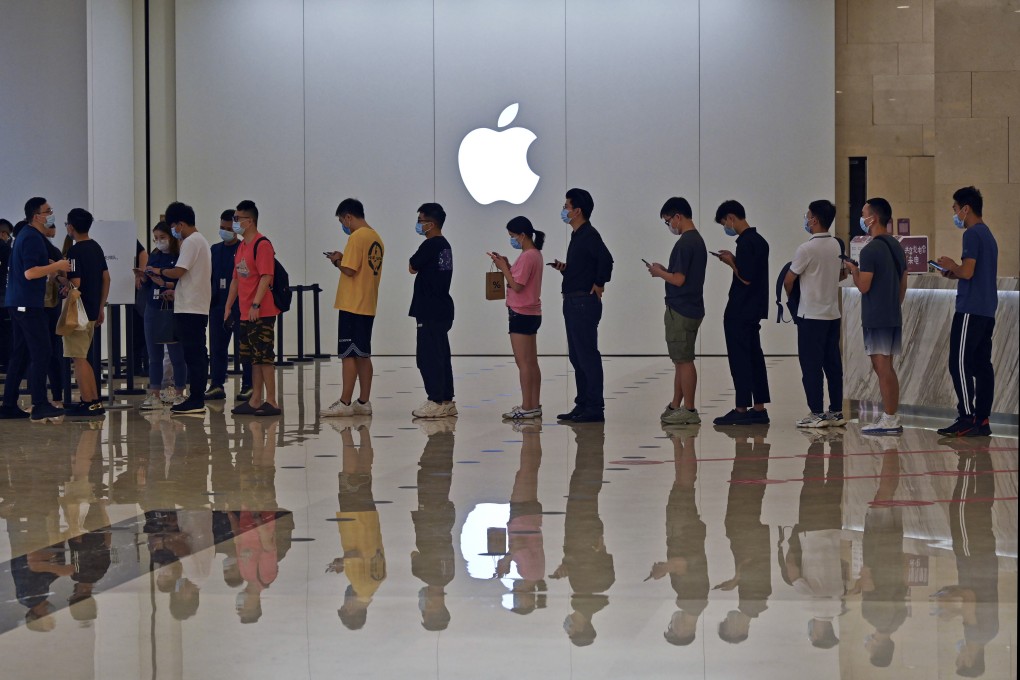Advertisement
China’s power crisis puts squeeze on Apple’s supply chain, electronics manufacturing sector
- Power blackouts in more than 10 provinces across the mainland have forced several major Apple suppliers to suspend operations at some of their factories
- The damage caused by China’s power-rationing measures could negatively impact electronics manufacturers during their peak season
Reading Time:3 minutes
Why you can trust SCMP
0

China’s power restrictions threaten to disrupt production at Apple’s supply chain in the country and the broader domestic electronics manufacturing industry, including semiconductors, ahead of the busy Christmas shopping season.
The power shortage, which has turned critical in recent days, has come at the most inopportune time, as manufacturers scramble to meet orders across the globe, according to Gu Wenjun, chief analyst at Chinese semiconductor and electronics market research firm ICwise, in a report published on Tuesday.
“The damage [caused by the country’s power-rationing measures] could get worse because the end of the year is the peak season for electronics,” Gu wrote. “China is the manufacturing centre for smartphones.” He indicated that the situation may impact Huawei Technologies Co, Xiaomi and Apple, which have recently released new products to market.
It is also the busiest season for semiconductor companies, according to Gu. Chips are essential components in every electronics product, whether it be a simple remote control unit for changing channels on a television, or driver assistance and navigation control systems used in electric cars.
Many semiconductor companies in China have already lost their access to power, according to Gu. “This will have a strong impact on the industry [amid the ongoing global chip shortage],” he said. “The semiconductor industry, unlike other sectors, cannot be switched on or off at a moment’s notice.”

01:36
Power crisis in China leaves highway in the dark
Power crisis in China leaves highway in the dark
In the past month, 16 out of 31 provincial jurisdictions – from industrial powerhouses in the south such as Guangdong province to the rust belt in the northeast – have rolled out electricity rationing measures, which have triggered widespread alarm among much of the country’s population and plunged the nation’s industrial sector into chaos.
Advertisement